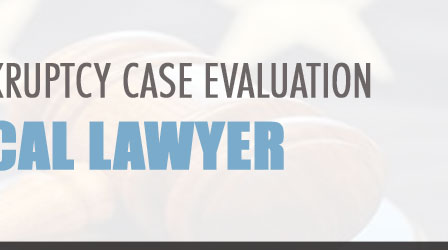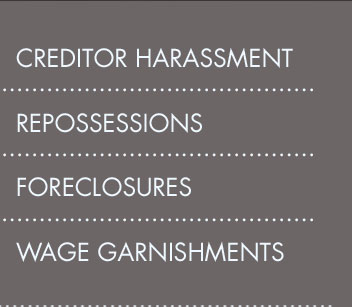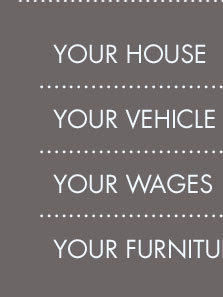 |
 |
 |
|---|
 |
 |
 |
|---|---|---|
 |
 |
 |
 |
 |
 |
|---|---|---|
 |
 |
 |
 |
Filing Bankruptcy in California: A Comprehensive Guide to Navigating Your Options
Understanding Bankruptcy Types
In California, individuals considering bankruptcy have several options. The two most common types are Chapter 7 and Chapter 13 bankruptcy.
Chapter 7 Bankruptcy
Chapter 7 bankruptcy, also known as liquidation bankruptcy, involves the sale of a debtor's non-exempt assets to pay off creditors. It is ideal for individuals with limited income who cannot pay back their debts.
- Fast process, typically completed within 3-6 months.
- Discharges unsecured debts like credit cards and medical bills.
- Not suitable for individuals with significant assets.
Chapter 13 Bankruptcy
Alternatively, Chapter 13 bankruptcy allows individuals to create a repayment plan to pay back all or part of their debts over 3 to 5 years.
- Helps prevent foreclosure on homes.
- Allows debtors to retain more of their assets.
- Ideal for individuals with a stable income.
The Bankruptcy Filing Process
Filing for bankruptcy in California involves several key steps that must be followed diligently.
- Gather financial documents and complete mandatory credit counseling.
- File a bankruptcy petition with the California bankruptcy court.
- Attend the meeting of creditors, also known as the 341 meeting.
- Complete a debtor education course and receive a discharge.
Consulting with bankruptcy lawyers in fredericksburg va can provide valuable guidance throughout this complex process.
Exemptions and Protections
California offers two sets of exemptions, allowing you to choose the one that best protects your assets. These exemptions play a crucial role in determining what property you can keep during bankruptcy.
System 1 Exemptions
- Homestead exemption protects equity in your primary residence.
- Wildcard exemption allows for flexible asset protection.
System 2 Exemptions
- Higher homestead exemption but fewer other asset protections.
- Often used by homeowners with significant equity.
Understanding these exemptions can be complex, and consulting with bankruptcy lawyers in georgia might provide additional insights for those considering relocation or different state laws.
Frequently Asked Questions
What is the cost of filing bankruptcy in California?
The cost varies based on the type of bankruptcy filed. Chapter 7 fees generally range from $335 to $400, while Chapter 13 fees may vary based on the repayment plan complexity.
How does bankruptcy affect credit scores?
Filing for bankruptcy can significantly impact your credit score, usually lowering it by 100-200 points. However, it also offers a fresh financial start, and many find they can rebuild their credit over time.
Can I keep my car if I file for bankruptcy?
Yes, you can keep your car if you file for bankruptcy, provided you continue to make payments and meet certain exemption criteria.
Filing bankruptcy in California requires careful consideration of your financial situation and the available options. With the right guidance and understanding of the process, individuals can navigate this challenging time and work towards a more stable financial future.
A petition may be filed by an individual, by a husband and wife together, or by a corporation or other entity. The debtor is also required to file statements ...
Electronic Self-Representation (eSR) Bankruptcy Petition Preparation System for Chapter 7 and Chapter 13. See Important Information Regarding Filing Fees for ...
To begin the bankruptcy process you must itemize your current income sources; major financial transactions for the last two years; monthly living expenses; ...
![]()